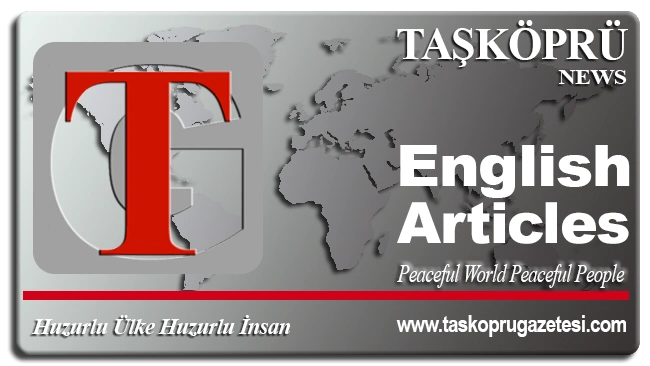This article, generated by ChatCpt
In today’s world, technology is transforming every aspect of our lives, with artificial intelligence (AI) leading this revolution. From education to healthcare, media to commerce, AI’s production power is rapidly increasing. However, this exciting progress raises a crucial question: How will the origin and nature of AI-generated content be verified? Can synthetic creations remain anonymous?
Risks of Anonymity and Ethical Challenges
When AI-generated texts, images, videos, and other content remain anonymous, the risks of misinformation, disinformation, and irresponsibility grow. Anonymity provides fertile ground for malicious actors to manipulate and deceive. This can lead to a crisis of trust in society and overshadow the benefits of technology.
The Need for Verifiability and Identification
Just as SSL certificates ensure the trustworthiness of websites, AI creations must be assigned unique, immutable “identities.” Centralized verification systems similar to Web Archive should be established; unique hash values must be assigned and recorded for texts, images, or videos. Users should be able to easily query these systems to confirm whether content was AI-generated, when it was created, and which algorithms were used.
Balancing Privacy and Transparency
This transparency must be balanced with personal data security and privacy. Creation identities should serve verification purposes only and must not expose users’ private information. Responsible creators are thus encouraged, and societal trust is established.
Global Ethical Standards and Societal Engagement
Ethical standards for AI content production must be developed and enforced on an international level. Technology companies, governments, civil society, and academia must collaborate to shape these standards. Society at large must be educated and engaged in the responsible use of AI.
Conclusion: A Call for the Future of Technology and Humanity
To fully benefit from AI’s capabilities and use technology for humanity’s good, transparency and responsibility in production processes are essential. The clear identification of synthetic creations is not just a technological necessity but a societal imperative. This is the most critical step toward a fairer, more trustworthy, and conscious digital age.




YORUMLAR